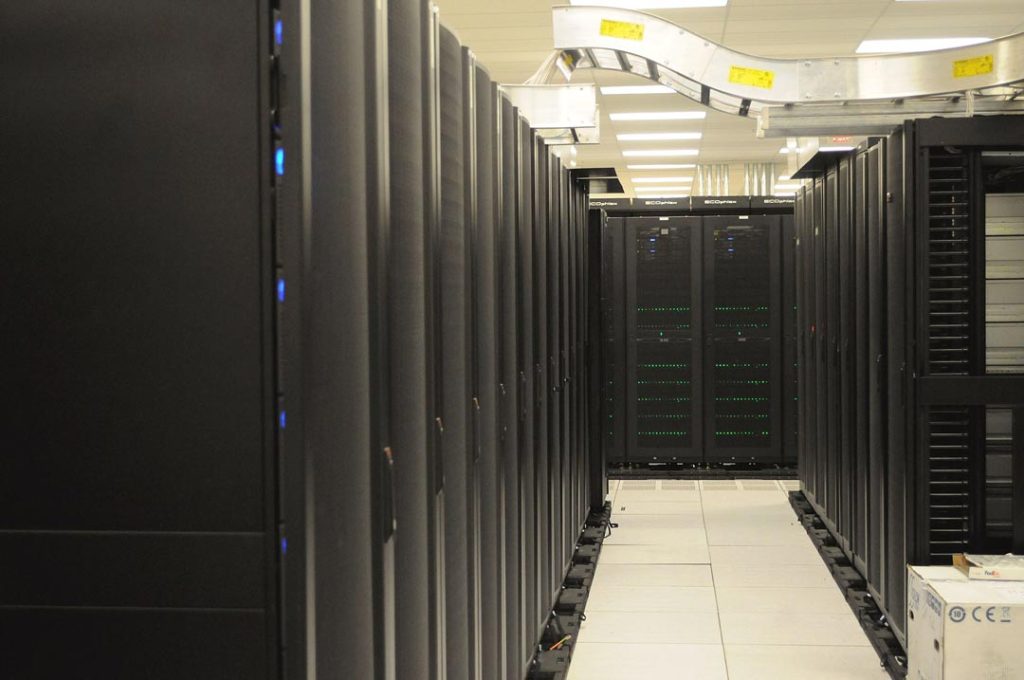

Varun Teja Pothukunuri, an expert in Product Development, writes for DM about Serverless Computing.
Serverless architecture is not a possible scenario anymore. Its reality today. Majority of the companies with public cloud services are slowly adapting to using serverless solutions.
We can openly witness a new wave of thought about managing servers in the today’s marketplace scenario. With more challenges incoming, we can see the serverless architecture being employed in the teams in building resilient applications.
What is serverless architecture? What makes it more relevant?
Serverless architecture, a cloud-based computing solution, helps Organizations to execute apps and services usingwithout needing to provision and maintain physical infrastructure. Usually, it is made up of six parts: client interface, cloud-based web server, security service, backend database, API gateway, and Function as a Service (FaaS).
What makes it more relevant is it allows developers to focus more on user experience and less on infrastructure complexities. The developers, need no more to clutter their time between writing code and infrastructure management. The new era of efficient and accessible computing helped serverless architecture model to quickly prosper and propagate in the business domains. In the past, developers often had to split their time between writing code and infrastructure management.
Thanks to serverless architecture, developers can happily spend more time in writing code, as the third-party products are hosting applications in the cloud. This new era of serverless computing will not just build scalable, innovative applications, it helps democratizing the technology with its easy of flow. It also helps companies cut the costs withmanyfold, by allowing them to pay only for the resources they use. Also, this architecture saves the costs accounted forpersonnel costs associated with managing, scaling and maintaining physical servers.
As the third-party applications products offer seamless deployment solutions, which eliminates the need for organisations to define deployment strategies, the serverless architecture promotes faster deployment strategies. Thus, reducing the time taken for the overall process saving the costs incurred in production process.
There used to be a problem of necessity to pre-purchase the backend servers, which can lead to buying more than needed, which now is nullified, in the scaling solutions offered by the serverless architecture.
When asked how much of their development and deployment was in the cloud, 82% of respondents in Europe and 70% of respondents in the Americas chose the responses “some” or “much/all,” according to the Cloud Native Computing Foundation’s (CNCF) 2023 annual survey.
As we can say with every solution, comes some challenges too, the adoption of serverless architecture has introduced challenges such as cold start latency, vendor lock-in and the complexity of debugging and monitoring.
Serverless computing will probably become much more popular in the future as cloud computing becomes more innovative and efficient. Although serverless architecture offers a number of advantages, it is important to take a balanced strategy that takes into account both these advantages and disadvantages. Future cloud-based distributed systems will surely be shaped by serverless computing best practices and ongoing developments.